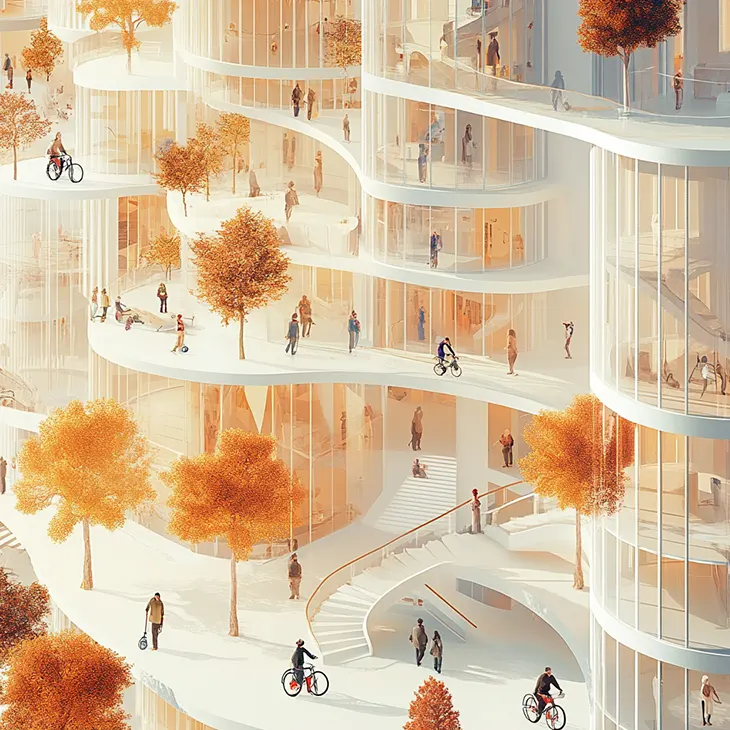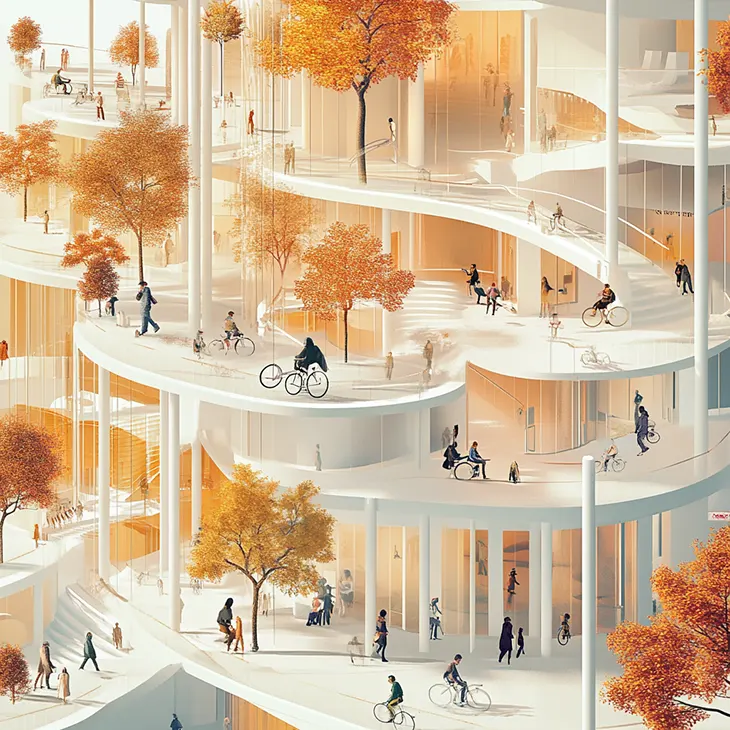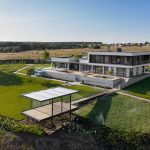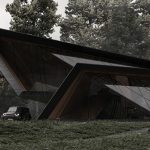
When we think about grand architectural feats, we tend to automatically think of elaborate buildings that serve little purpose beyond looking dramatic. That said, moving forward, architecture needs to be so much more than that.
In the past decade, we have seen a push towards creating more inclusive buildings and spaces, providing those with a disability with the opportunity to enjoy spaces they may not have previously been able to. Whether someone has a disability as a result of medical negligence, or they were born with a certain condition, they have the right to access buildings in the same way as anyone else.
So, with that in mind, here’s a closer look at some of the inclusive architectural designs of the future.
What is Inclusive Architecture?
Put simply, inclusive architecture refers to any space that can be seamlessly used by all user groups, including those with a disability. The main objective of any piece of inclusive architecture is to make a space as barrier free and convenient as possible.
Removing the traditional barriers that exist in certain architectural practices should allow everyone to participate in everyday activities equally and independently.
Inclusive Designs of the Future
Creating inclusive designs requires creative thinking, especially as many architects have to challenge the traditional ideas that have been followed for many years.
These designs have all set the precedent for what we should expect inclusive architecture to look like in the future, and all for a number of different reasons…
1. Enabling Village, Singapore
The Enabling Village in Singapore describes itself as a ‘fresh approach to social businesses and community building’. The aim of the village is to combine retail, lifestyle and training for disabled members of the community in an all-accessible public space, rather than behind closed doors.
The Village has been integrated seamlessly into the pedestrian network of the surrounding neighbourhood. This involves a number of strategically placed entrances, ramps, and spacious passages, enabling easy movement for all types of users.
2. Musholm, Denmark
Musholm stands out as an internationally leading holiday and sports centre for people with disabilities. It’s previously been voted as the world’s most socially inclusive building, highlighted as a breakthrough in accessible architecture.

Among its many features, Musholm includes a 110-metre-long activity ramp. This provides visitors with the opportunity to engage in a range of physical activities, no matter what their disability may be.
Speaking about Musholm, Mette Bock, the former Danish Minister for Culture, said: “This amazing space clearly demonstrates that buildings can easily be beautiful and disability-friendly at the same time. I mean, you really want to be here.”
3. Robson Square, Canada
Robson Square in Vancouver, Canada, is a sunken ‘linear urban park’, surrounded by civic buildings. It’s a unique urban space that is designed to easily accessible for disabled people, owing primarily to an entry feature called the Robson Square Steps.
The steps, designed by Arthur Erikson, have a ramp running through them diagonally, connecting the various levels of the park.
4. The Deafspace Project, USA
The Deafspace Project at Gallaudet University has been used as a guideline for designing spaces for anyone with a hearing impairment. The building focuses on clearly visible sightlines and strategically placed mirrors and optimal lighting, creating the best possible user experience.
Deafspace has now become a design principle in itself, with the group behind the original project having developed a compendium of more than 150 distinct design details.
5. Baotou Vanke Central Park, China
This urban renewal project integrates several interactive spaces over an area of around 90,000 square metres. The park has been designed with wide, organically curved paths to prove flexible movement for everyone, including disabled visitors.
The area on which the park sits was a former wasteland, but has now been transformed into a landscape of rolling hills, meadows and gardens. It showcases an architectural feat which is both inclusive and sustainable.
6. Modular Homes by ShedKM, England
In collaboration with Urban Splash, the British company, ShedKM, have been pioneering unique, affordable housing units, which have flexible interiors. These can be modified by the user, based on their individual needs.
This is a great example of how inclusive architecture can be scaled down to a residential level, providing people with a broader range of living options.
7. Hazelwood School, Scotland
Hazelwood school in Scotland has been specifically designed to provide blind and deaf students with the same educational resources as their peers.
This is done through the use of an ingenious piece of design, created by Alan Dunlop. A cork-clad trail rail wall, which provides signifiers and cues to guide students around the school, is woven throughout.
Discussing the design, Dunlop said: “The school has been designed to deal with very specific issues whilst ensuring an architectural quality. It is a building that will not only support the senses but act as an environment that stimulates the imagination.”
Have You Got Any More Examples of Inclusive Architecture?
So, there we have it! These are just some of the most notable pieces of inclusive architecture across the world, covering some of the most common physical disabilities that prevent equal access across the board.
These designs have acted as an inspiration for many architects, and inclusive designs are becoming more and more common. Hopefully, before long, this will be something that we take for granted as the norm.
Have you got any more examples of inclusive architecture that you would like to share? Why not leave a comment below with your suggestions so we can keep the discussion going?



